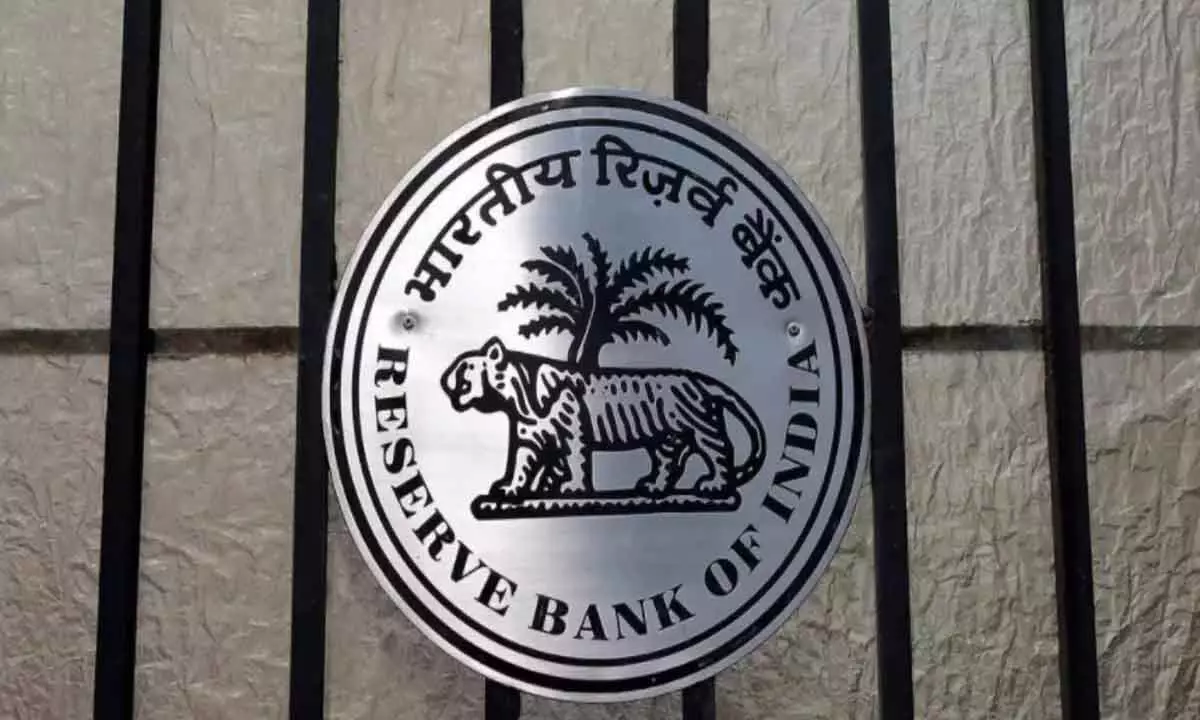Inflation will take time to moderate even after rate hikes, says SBI Research
Amidst the continued rise in inflation, it is now almost certain that the Reserve Bank of India (RBI) will raise key policy rates in the June and August policy review meetings, thereby taking it to the pre-pandemic level of 5.15 per cent by August 2022, said SBI Research in a report, adding that even after the rate hikes, inflation will take time to moderate in India.
image for illustrative purpose

New Delhi, May 16 Amidst the continued rise in inflation, it is now almost certain that the Reserve Bank of India (RBI) will raise key policy rates in the June and August policy review meetings, thereby taking it to the pre-pandemic level of 5.15 per cent by August 2022, said SBI Research in a report, adding that even after the rate hikes, inflation will take time to moderate in India.
Inflation continues to be a bugbear and it looks unlikely that it will subside anytime soon.
The latest inflation numbers reveal that while in the rural areas, the impact has been disproportionately higher on food prices, in urban areas it is disproportionately higher as far as fuel price impact and pass-through is concerned since the war in Ukraine began.
SBI Research did a dipstick study to understand the impact of the war on the inflation trajectory in both the rural and urban areas.
Using February as the base case -- the beginning of the Ukraine and Russia conflict -- the study reveals that because of the war alone, food and beverages, and fuel and light & transport contributed 52 per cent of the increase in overall inflation.
"If we also add the impact of input costs particularly on the FMCG sector, thus adding the contribution of personal care and effects, the total impact at all-India level comes to 59 per cent, purely because of war," the report said.
However, the important challenge facing the central bank remains whether inflation will tread down meaningfully because of such rate hikes if war-related disruptions do not subside quickly, the report noted.
In particular, as retail loans are benchmarked to an external rate (mostly to RBI's repo rate) with quarterly reset clause, so the interest rate on loans benchmarked to repo rate will increase directly with the increase in repo rate.
In a situation of incipient demand recovery post Covid-19, the question will be whether growth could be a large casualty in case of large and persistent rate increases, even as inflation prints will continue to be of serious concern, it noted.
"It is noteworthy that transmission to lending rates since October 2019 reveals that even as the repo rate was cut by 140 basis points, the weighted average lending rate (WALR) on fresh rupee loans declined by more than 186 basis points. This was one of the primary reasons for significant jump in credit impulses during the pandemic, apart from financial stability concerns being addressed eloquently by RBI through using yield curve as a public good," the report said.
The current turbulence in a way mirrors the conundrum the RBI faced while navigating through the pandemic as larger rate hikes to quell inflation might have an impact on nascent growth impulses.
Also, the RBI may have to use a shorter window to address inflationary concerns given the "realpolitik" challenges in the not so distant horizon.
Lastly, to sum up, the report stated that the RBI must be supported in its endeavour to quell inflation through hikes in interest rates as a higher interest rate will also be positive for the financial system as the risks will get "repriced".
To put things into perspective, India's retail inflation accelerated to 7.79 per cent in April due to high fuel and food costs. The inflation print remained above the 6 per cent tolerance band of the central bank for a fourth month in a row.

